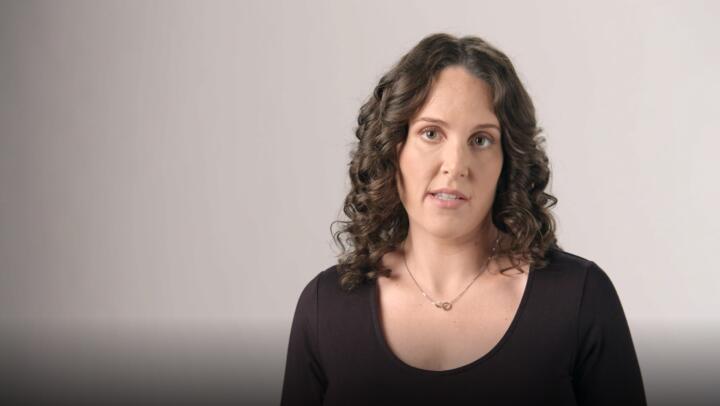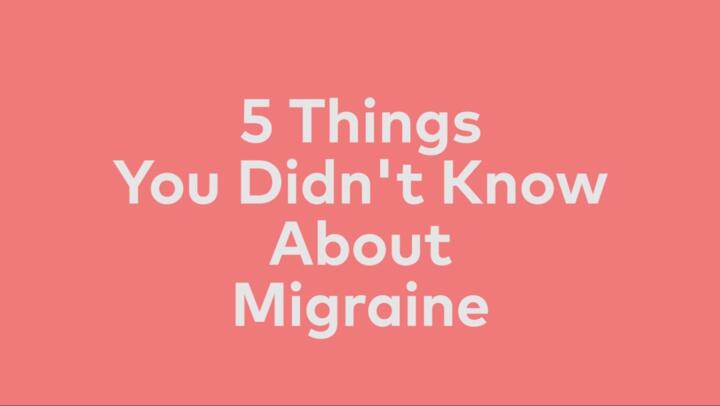Read on to learn more about the uses of vagus nerve stimulation, how doctors implant the device, and potential side effects.
What is vagus nerve stimulation?

VNS works by sending mild electrical pulses to the brain through the vagus nerve.
The vagus nerve is the longest cranial nerve in the body, containing both sensory and motor nerve fibers. This nerve controls involuntary muscles and body processes such as heart rate, blood pressure, and food digestion.
A device similar to a pacemaker generates electrical pulses. Your doctor places the device under the skin of your chest, and wires connect the device to the vagus nerve in your neck. They can then program the device to deliver pulses regularly.
In certain situations, such as a seizure, some people may need to receive extra stimulation. According to the Epilepsy Foundation, passing a magnet over the pulse generator causes it to send additional pulses to the brain. This may stop a seizure.
Why do doctors recommend vagus nerve stimulation?
Doctors typically use VNS as an additional component to other treatments for certain conditions.
Epilepsy
Your doctor may recommend VNS to treat drug-resistant epilepsy. The pulses from the vagus nerve stimulator may prevent, lessen the severity, or reduce the number of seizures in some people.
Learn more about epilepsy here.
Depression
Doctors may also use VNS to help people with treatment-resistant depression. Experts believe that VNS affects the activity of certain brain chemicals that play a role in mood disorders.
Learn more about depression here.
Inflammatory disorders
According to a 2018 study, some evidence suggests that VNS may aid in the treatment of certain inflammatory disorders like inflammatory bowel disease and rheumatoid arthritis. This may be due to the mediation effects of VNS on the body’s inflammatory markers. Other inflammatory conditions that
Stroke
In 2021, the
People who have experienced chronic ischemic stroke may be able to use this VNS system along with rehabilitation exercises to improve their mobility.
Migraine and cluster headaches
The American Headache Society notes that the FDA has approved a handheld, noninvasive VNS device to treat migraine and cluster headaches.
How do doctors perform vagus nerve stimulation surgery?
A neurosurgeon will perform VNS, either in a hospital or an outpatient clinic. It is a minimally invasive procedure that can take up to 90 minutes.
Your doctor will perform VNS using a general anesthetic. They will make two incisions:
- The first incision is in the upper chest area to implant the pulse generator.
- The other incision is in the lower left side of the neck. This is where the wires from the pulse generator will connect to the left vagus nerve.
Your doctor may activate the generator in the operating room or they may wait a few weeks. Your neurologist will then program the device’s stimulation schedule and set the duration and strength of the impulses.
What are some potential side effects of vagus nerve stimulation?
As with many treatments, VNS may cause side effects and complications. These complications can develop during surgery or during stimulation.
Potential side effects of VNS
Complications of VNS can include neck pain, chest pain, or difficulty swallowing. In addition, some people may experience other side effects such as:
- hoarseness
- voice alterations
- coughing
- breathing difficulties
- tingling skin
In most cases, adjusting the length of time or intensity of stimulation can correct these side effects.
General risks of surgery
The general risks of surgery include:
- reactions to the anesthesia, such as an allergic reaction and problems with breathing
- bleeding, which can lead to shock
- infection
Reducing your risk of complications
You can reduce the risk of complications by following your treatment plan and:
- following activity, dietary, and lifestyle recommendations before your procedure and during recovery
- informing your doctor if you are nursing or may be pregnant
- notifying your doctor immediately of any complications, such as bleeding, fever, or increased pain
- taking your medications exactly as directed
- telling all members of your care team if you have any allergies
What can I expect after vagus nerve stimulation surgery?
VNS may not be effective right away. For example, people with epilepsy may not see an improvement in their seizures for a few years after VNS implantation. People with treatment-resistant depression may not see symptom improvement for a few months to a year.
Talk with your doctor to determine the amount of time it may take for your symptoms to improve.
How might VNS affect your everyday life?
If you have an active VNS device, you may need to make certain adjustments to your lifestyle:
- You may need frequent follow-up visits to adjust the strength or duration of the electrical pulses.
- You may need to learn how to use the patient magnet, which will allow you to control the VNS device by temporarily increasing the pulses or pausing stimulation.
- You should notify your care team about your VNS device. You may not be able to undergo certain procedures, such as MRI.
- You may need to undergo minor procedures in the future to replace the battery when it wears out.
Frequently asked questions
Here are a few other questions people commonly ask about VNS. Dr. Susan Lee has medically reviewed the answers.
Is vagus nerve stimulation covered by insurance?
Depending on your particular situation and insurance plan, VNS may or may not be covered. For example, your insurance may only cover VNS if other treatments for epilepsy or depression are ineffective.
How long does VNS take to work?
For some people, such as those with epilepsy or depression, VNS can take anywhere from a few months to a few years to improve symptoms.
Summary
VNS may be able to help treat certain conditions by altering nerve and chemical activity in the body. These conditions may include epilepsy, depression, and inflammatory disorders. In addition, people who have experienced chronic ischemic stroke may benefit from VNS with rehabilitative exercise.
Your doctor may only recommend VNS after attempting more traditional treatments for your condition.
Talk with your doctor to see if VNS could be right for you.


















